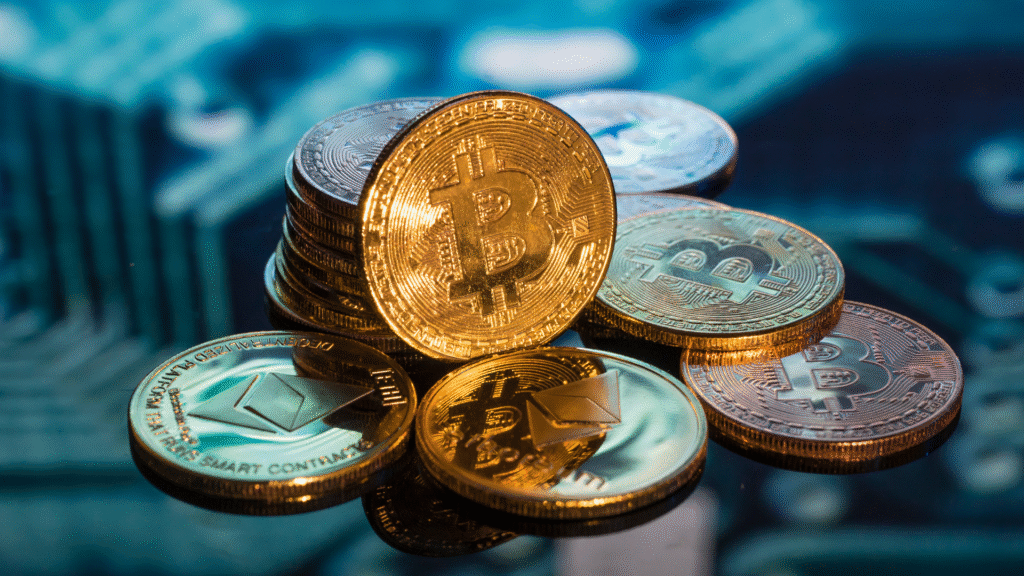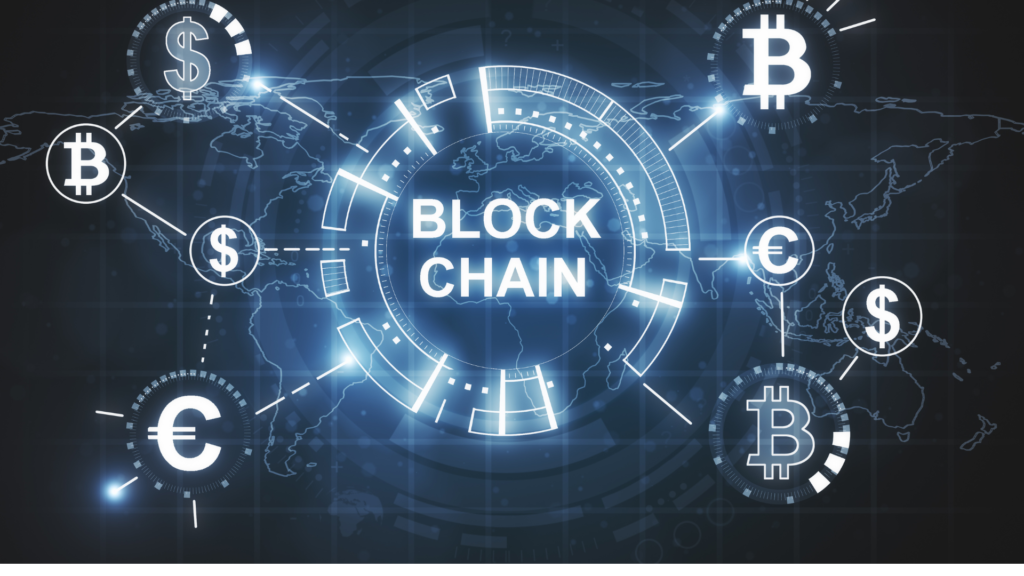Cryptocurrencies have revolutionized how we think about money, payments, and the very concept of financial systems. At the core of this transformation lies cryptocurrency mining, a critical process that not only generates new coins but also secures the blockchain networks that power digital currencies. Mining ensures that transactions remain authentic, prevents double-spending, and maintains the integrity of decentralized networks. Without mining, digital currencies such as Bitcoin, Ethereum, or Litecoin would lack the fundamental structure needed to operate safely. Understanding how cryptocurrency mining works helps investors, enthusiasts, and newcomers appreciate why it is so important for the ongoing growth and security of the crypto ecosystem.
The Core Idea Behind Mining
At its essence, cryptocurrency mining is a validation and reward mechanism. It serves two primary purposes: creating new coins and confirming transactions on the blockchain. Unlike traditional currencies, where governments and central banks control issuance, cryptocurrencies rely on miners to maintain trust and continuity.
Every transaction in a blockchain network requires validation to ensure legitimacy. Miners perform this role by solving highly complex mathematical problems, which confirm that each transaction adheres to the network’s rules. The process is computationally intensive, but it ensures decentralization. Miners receive cryptocurrency rewards in exchange for their effort, creating an economic incentive that keeps the network functioning without relying on centralized authorities.
Mining also prevents fraudulent activities. By requiring miners to commit computational power to verify transactions, the network becomes resistant to attacks, such as double-spending, where someone tries to use the same coin twice. This mechanism builds confidence in the system and underlines why mining is fundamental to cryptocurrency’s value proposition.
How the Mining Process Works
When a user initiates a cryptocurrency transaction, it enters a pool of unconfirmed transactions, often called the mempool. Miners then select a group of these transactions and attempt to bundle them into a new block. To successfully add the block to the blockchain, miners must solve a cryptographic puzzle—a process called proof-of-work.
The proof-of-work algorithm requires miners to find a hash value that meets a network-specific condition. A hash is a unique string of characters derived from transaction data, and finding a valid one involves repeatedly testing random numbers, or “nonces,” until the right solution appears. The miner who discovers the correct hash first broadcasts it to the network, and other nodes verify its validity.
Once verified, the block is added to the blockchain, and the winning miner receives a block reward. This reward usually includes newly minted cryptocurrency coins and transaction fees. For example, in Bitcoin mining, miners currently receive a fixed number of bitcoins per block, which halves approximately every four years in an event called “halving.” This method controls inflation and ensures that total supply remains limited.
Mining is a competitive process. Because multiple miners work simultaneously, only one can claim the reward for each block. This competition drives innovation in hardware and energy efficiency, as miners strive to solve puzzles faster than their rivals.
The Role of Hardware in Mining
Mining requires more than just software knowledge; it heavily depends on hardware. In the early days of Bitcoin, ordinary computers with central processing units (CPUs) could mine effectively. As more participants joined the network, mining difficulty increased, making CPU mining impractical.
Today, miners typically rely on Graphics Processing Units (GPUs) or Application-Specific Integrated Circuits (ASICs). ASICs are devices specifically designed to perform mining tasks efficiently, consuming less time and energy per calculation. GPU mining remains popular for cryptocurrencies like Ethereum (before its transition to proof-of-stake), where parallel processing helps handle multiple calculations simultaneously.
Hardware performance directly affects mining profitability. Faster devices increase the likelihood of solving puzzles first and earning rewards. However, these machines also consume significant electricity, which adds to operating costs. Modern mining setups often involve hundreds or even thousands of machines working in mining farms, optimized for maximum computational output.
Mining and Energy Consumption
The energy-intensive nature of mining has attracted attention worldwide. Large mining operations consume enormous amounts of electricity to power and cool hardware. Critics argue that cryptocurrency mining contributes significantly to carbon emissions, particularly when fossil fuels generate the electricity.
However, the industry has started moving toward sustainability. Some mining farms utilize renewable energy sources, such as solar, wind, and hydroelectric power. Others take advantage of otherwise wasted energy, such as surplus hydropower or industrial byproducts.
Energy efficiency remains crucial for profitability and environmental responsibility. Miners must balance their electricity consumption with potential rewards, carefully selecting locations where energy is both cheap and sustainable. This challenge has encouraged technological innovation, driving the creation of more efficient hardware and alternative mining approaches.
Why Mining Matters for Cryptocurrencies
Mining is far more than a coin generation mechanism. It underpins the security, integrity, and trustworthiness of blockchain networks. Each transaction on the blockchain undergoes validation through mining, which prevents tampering and ensures that records are accurate and transparent.
Decentralization is a key feature of cryptocurrency. Mining allows participants worldwide to secure the network without relying on banks, governments, or central authorities. This system builds trust among users who may not know or trust one another but can still exchange value safely.
Without mining, cryptocurrencies would lose their reliability. Networks would become vulnerable to fraud, double-spending, and other attacks. By incentivizing miners with rewards, blockchain systems maintain constant validation, ensuring that the digital ledger remains accurate and resistant to manipulation.
The Shift from Proof-of-Work to Proof-of-Stake
While proof-of-work remains the most recognized mining method, some cryptocurrencies have adopted alternative models. Ethereum, for example, transitioned to a proof-of-stake system. Instead of competing to solve puzzles, participants stake their coins as collateral to validate transactions.
Proof-of-stake dramatically reduces energy usage while maintaining network security. Miners are replaced by validators, and rewards are distributed based on the amount of cryptocurrency staked. However, proof-of-work remains the backbone of Bitcoin and other major networks due to its proven security and robustness.
The evolution of consensus mechanisms highlights mining’s importance. Even as systems adapt, the principle of validating and securing transactions remains central to cryptocurrency functionality. Mining, in some form, will always serve as a safeguard for the blockchain.
Mining Pools: Working Together
Individual mining has become increasingly difficult due to rising network difficulty and competition. This has led to the creation of mining pools—groups of miners who combine their computational power to improve their chances of solving blocks.
Mining pools distribute rewards proportionally among participants based on contributed hash power. This arrangement allows smaller miners to participate effectively and earn consistent returns. Pools also promote decentralization by preventing a few large players from dominating the network entirely.
Joining a mining pool requires trust, as pool operators manage collective resources and reward distribution. Reputable pools operate transparently, with clear rules for contribution and payouts. For many miners, pooling resources is the only practical way to remain competitive.
Risks and Challenges of Mining
Cryptocurrency mining carries both financial and operational risks. High hardware costs, electricity expenses, and maintenance can reduce profits. Market volatility further complicates profitability. A sudden drop in a cryptocurrency’s value can turn a profitable mining operation into a loss-making one overnight.
Regulatory uncertainty is another challenge. Some governments have restricted or banned mining due to environmental concerns or financial risks. Miners must comply with local regulations, which may affect operations or relocation decisions.
Cybersecurity threats also exist. Mining setups are targeted by hackers and malware designed to hijack computing power. Strong security practices, including firewalls, secure networks, and regular updates, are essential to protect mining investments.
The Future of Cryptocurrency Mining
The future of mining will depend on technological innovation, energy efficiency, and regulatory developments. More efficient hardware, renewable energy integration, and improved cooling methods will make mining more sustainable.
Decentralization may increase as smaller participants join mining pools or use renewable energy. At the same time, alternative consensus mechanisms like proof-of-stake may reduce reliance on traditional mining in some networks.
Despite these changes, cryptocurrency mining will continue to play a central role in blockchain security and coin issuance. It matters because it safeguards networks, ensures fairness, and maintains the trust that users rely on every time they conduct transactions.
Frequently Asked Questions (FAQs)
1: What is cryptocurrency mining in simple terms?
A. Cryptocurrency mining is the process of validating blockchain transactions and generating new coins using computational power.
2: Why does cryptocurrency mining consume so much energy?
A. Mining requires solving complex mathematical puzzles, which needs powerful hardware that operates continuously, consuming high electricity.
3: Can anyone start mining cryptocurrencies?
A. Yes, anyone can mine, but profitability depends on hardware efficiency, electricity costs, and the type of cryptocurrency.
4: What is a mining pool, and why do miners join one?
A. A mining pool is a group of miners who combine computing power to increase their chances of earning rewards, which are then shared among members.
5: Is cryptocurrency mining profitable today?
A. Mining can be profitable, but factors such as coin price, electricity rates, and hardware costs determine returns. Energy-efficient setups and participation in mining pools improve profitability.
6: How does cryptocurrency mining secure blockchain networks?
A. Mining validates transactions and ensures that each block added to the blockchain is legitimate, making networks resistant to fraud and tampering.




Pingback: Top Blockchain Use Cases Beyond Cryptocurrency - Your Partner in Tech Evolution